The Northern Naturalist #2
Fireweed and Bumblebees, Love It or Lump It: the Redpoll Riddle, Review of After the Ice Age, News and Notes
Photo by K8 on Unsplash
Fireweed and the Bumblebees
Last week, the first blooms of fireweed began opening here. Their brilliant magenta will take us right through the end of summer. Fireweed (Chamerion angustifolium, or in older sources, Epilobium angustifolium) is a tall wildflower that grows in patches in open areas, along roads and railways, in recently-burned spots, and along wooded edges.
Fireweed is a quintessential northern flower. It grows in the arctic and sub-arctic around the world and spreads southward in some places, usually mountain ranges. In North America, it has a “rainbow” distribution on a map—common across the far north, extending well south in the Rockies and Appalachians. It appears elsewhere, but in lower numbers. It is the territorial flower of Yukon Territory and appears on their flag:
Yukon Flag by By Kooma - Open Clip Art Library, CC0, https://commons.wikimedia.org/w/index.php?curid=435682
The name fireweed is usually attributed to its ability to be among the first plants to colonize burned areas, although I think it could also have to do with the “smoky” appearance of the patches just before the seeds are dispersed.
Yellostone Fire, Public Domain, https://commons.wikimedia.org/w/index.php?curid=2391064
Fireweed was one of the first plants to appear on Mt. St. Helens after its irruption in 1980.
Photo by Lyn Topinka, USGS, Public Domain
Fireweed is known as Rosebay Willowherb in Great Britain, where it was one of the first plants to colonize scorched earth after the bombing of London in World War II. It’s a member of the Evening Primrose family (Onagraceae). Taxonomists previously included fireweed in the Epilobium (willowherb) genus, but it is now placed in its own Chamerion genus.
Fireweed can grow up to nine feet tall, but here the stems reach around four feet by the end of the season. The plants have numerous long, narrow leaves (the specific name, angustifolium, means “narrow-leaved.”)
The veins in the leaves radiate out from a central rib and then re-converge in a single vein that runs the circumference of the leaf. Most plants have veins that terminate at the edges of the leaf.
The plant produces dozens of blossoms, usually described as magenta, fuchsia, pink, or pink-purple. The four petals alternate with four narrow sepals, and the flower is perched at the end of a long cylindrical capsule that will bear numerous seeds. The seeds have a tuft of silky hairs at the end. A single fireweed plant can produce thousands of seeds! The tufts of hairs act as kites, and the seeds have been found almost 200 miles from the original plant. The silky tufts are also what gives a patch of fireweed its smoky appearance late in the season.
Photo by Katrina Liebich/USFWS, Public Domain, https://www.fws.gov/media/fireweed-grows-burned-area-alaska
Another distinctive feature of fireweed is that it will hold blossoms, buds, and seed capsules all at the same time.
Fireweed has an ingenious way of preventing self-pollination (to maximize genetic diversity and health). The stamens (male flower part) always ripen and shed their pollen before the pistils (female flower part) are ready to be pollinated. Once the stamens are done and wilting, the pistils open and curl back their lobes. At the same time, they produce nectar to attract pollinators, mostly bumblebees.
Photo by Jim on Unsplash
Because the blossoms on a fireweed begin opening first at the bottom of the spike, they maximize the chances of a bumblebee pollinating them. The bees habitually work flower spikes starting from the bottom and moving to the top. During high pollination season, the lower blossoms will have finished producing pollen and be ready to receive it as described above. The upper, later blossoms have just begun to produce pollen, so when a bee finishes working a stalk, it drags its hairy body past the pollen-producing stamens, and then flies to the lower blossoms on a new stalk (which are rich with nectar) and again, drags its hairy body past the pistils of these blossoms, depositing pollen on the sticky lobes. In this way, the plant prevents self-pollination (E.C. Pielou, A Naturalist’s Guide to the Arctic, Univ. of Chicago Press, 1994, p. 145)
Photo of bumblee bearing pollen by Walter Brunner on Unsplash
I love to think of the fireweed “training” its bumblebees to fly to the bottom end of the blossoms on the stalk, working their way up to where the pollen is, and then dropping down to another plant to repeat the process. I’m probably giving the plant too much agency, but the whole process is genius!
If a plant gets missed by the pollinators, it can still reproduce, because it can self-fertilize late in the year as a back-up strategy. Once most of the plant’s pollen has gone to other flowers, if the plant hasn’t yet been fertilized, the pistils lean back in toward the anthers.
This capacity and the use of rhizomes are what make fireweed so resilient and able to pioneer plantless areas. Rhizomes are stems that extend outward under or near the surface of the soil. New plants and roots can sprout from the rhizomes. Fireweed spreads its seed for miles through the air and spreads its rhizomes nearby (without the need for seeds to germinate). Fireweed rhizomes may endure for decades, so if there is extended poor germination, the plant will still survive. In the arctic, fireweed is a colonizer of oil spill sites and has been found on acidic coal spoils, mine wastes, and along road cuts.
Another ingenious mechanism of fireweed spreading is that when the silky hairs bear their seed cargo into new territories, they tend to drop into more likely areas for germination. How? When the hairs enter areas of higher humidity, they soak up the moisture, become heavier as a result, and drop to the ground in a spot which, having more moisture, is more likely to have the conditions for germination.
Fireweed is used by cultures throughout the northern latitudes for many purposes. The leaves or blossoms may be dried and used as a tisane (non-tea-species herbal infusion). It’s called “Ivan-chai” in Russian. The shoots can be pickled, the stems can be used to make rope, and the stem pith can be eaten as a snack or mixed into soups as a thickener. Fireweed is a common component of native ales.
It’s a plant well worth taking a little time to observe, especially now when it’s blooming; but alas,
“When fireweed turns to cotton, summer will soon be forgotten.”
Photo by Chris Abney on Unsplash
Like It or Lump It: the Redpoll Riddle
Redpoll photo Photo by Jeremy Hynes on Unsplash
It’s natural to think of a bird species as a clearly-separate, clearly-defined entity, just as it appears in the bird books. That’s usually the case, but in fact, there have been many controversies about where one species ends and another begins. Examining these considerations, and sometimes making judgments about them, is part of the science or practice of taxonomy. Taxonomy made birding news last week.
The American Ornithological Society (AOS) has lumped (merged) Common (Acanthis flammea) and Hoary (Acanthus hornemanni) Redpoll species. (https://www.aba.org/aos-supplement-2024/) The AOS keeps an official checklist of North American bird species. The American Birding Association (ABA) follows the AOS checklist at the level of how species are delineated. The ABA makes other determinations too (e.g. Is a species truly wild?) in determining which species are considered countable by birders. Most birders who keep lists follow the ABA list.
These lists have been in turmoil in recent decades, because the newer science of genetics has changed how species boundaries are determined. In the distant past, visual similarities and the existence of hybridizing (or not hybridizing) were the primary determinants of where species were divided. Now, however, genetic similarity or difference has taken the upper hand, and the result is that quite a few species have either been “lumped” together or “split” from their past status.
A committee of experts in the AOS makes its decision based on their assessment of the current science regarding a particular species. Since genetics rules the day now, and genetics may not be reflected easily in a bird’s appearance, these decisions often play out in ways that can seem arbitrary or irrelevant to birders. Naturally, the preferences of birders aren’t a scientific consideration.
Birders tend to like splits and not like lumps. Splits create new species, thus more birds to add to one’s lists, more challenges, more fun! Lumps take away species, possibly spoiling the addition of an exciting new bird on some past (and maybe expensive) journey.
The latest lump, announced recently along with a bunch of others for species not found in my area, codifies a situation that has been debated for a long time. Up to now, we have had two redpoll species that show up in the Northern U.S. (Redpolls are winter-only here.) Common Redpolls are seen every winter, and like other finches, their numbers in a given area fluctuate a lot. Some years, there are Common Redpolls everywhere.
The second species, Hoary Redpoll, made up, at most, one percent of the redpolls seen in Northern Minnesota. It is not necessarily easy to tell the two apart. A dark male Common with some deep red and extensive streaking, especially on the flanks and rump, is easy. A pale bird with little streaking and a “pushed-in bill” profile is a Hoary. Most redpolls, however, are in some way intermediate between these two extremes.
This made for many debates about particular birds. Because Hoary Redpolls are rare, people would travel to places like the Sax Zim Bog north of Duluth just to search for that one species. The temptation to turn an intermediate bird into a Hoary was intense. I have felt the temptation, and I have seen it done before my eyes by over-eager seekers. This identification has been a special challenge for records committees, compilers of bird counts, and coordinators of birdathons who have to judge someone else’s record.
In its decision to lump redpolls, the AOS said that the genetics of redpolls indicates that the species of redpoll are almost completely undifferentiated, except for one chromosomal inversion that did not prevent interbreeding. The apparent differences in size and paleness are clinal (along a smooth gradient) and explicable by Bergmann’s Rule (populations that live in colder climates tend to be larger than those that live in warmer climates). These determinations meant that it didn’t make sense to keep them separate any longer.
The checklist updates can also deal with a species’ placement in the taxonomic order (ordered according to a biological system of classification) and with the naming of the species. The taxonomic order matters to birders, because field guides are ordered taxonomically, and thus, we tend to think of the birds in that order. Checklists are printed in that order, so changing the order messes with one’s memory and one’s records.
Name changes confuse things too. Recently the name, Gray Jay, was changed to Canada Jay. The change was made to encourage the geographic society of Canada to ratify the species as the national bird. It was called Canada Jay in the past, from the time of Audubon until 1957. It was changed then, because at the time, sub-species were given common English names too, and that resulted in oddities such as Oregon Canada Jay. Now, however, sub-species stick to their Latin names, and the way was clear to return to “Canada.”
Canada Jay Photo by Jeremy Hynes on Unsplash
That example is simple enough, and although it makes the name “Gray Jay” incorrect in dozens of books on my shelves, it’s an easy recall. In recent years, the AOS has changed the names of other species, sometimes with an eye to righting past injustices, by removing the name of someone who either first named the bird in English or was honored by someone who named the bird.
I think it’s a stretch to say, for example, that naming a longspur after McCown, who was a apparently a confederate general, but not a slave-owner, is much of a current injustice; I think it especially unlikely that most birders had a clue about who he was, so it hardly mattered. I’m more open to the idea that bird names should be more accurately descriptive.
Current names include birds that are named after hard-to-see physical characteristics: Red-bellied Woodpecker, Ring-necked Duck, and now we can add the new name of the former McCown’s Longspur—Thick-billed Longspur—to that list. Many geographic bird names are misleading: Connecticut, for example, or Nashville or Tennessee for the respective warblers.
In the current update, our two species of night herons lost their hyphens, so Black-crowned Night-Heron became Black-crowned Night Heron. (This was to differentiate them from another group of birds in another part of the world.) This doesn’t make much practical difference, but it does mean I will have to look it up often to see if I remembered how to spell it correctly! There are dozens of other species that could be re-hyphenated to match.
I have rambled into a thicket of ranting about bird names here, so I will stop, but I will say that I think the committee made an excellent assessment in the case of the redpolls, and that this is the unusual instance when a list change will simplify and improve things for birders. I like the lump.
After the Ice Age: the Return of Life to Glaciated North America, by E. C. Pielou, University of Chicago Press, 1991.
This book, by the famous Canadian ecologist, Evelyn Chrystalla “E.C.” Pielou, who died in 2016, is one of the most helpful and interesting books I have used in my naturalist work. It is considered one of Pielou’s “popular” books. Her primary legacy is her work in mathematical ecology and biogeography. I have read all of the books in the popular group; though popular, they are by no means simplistic, and they are all models of clear explanation.
After the Ice Age is a long (366 pages) exposition on what came after the Ice Age which began 18,000 years ago. There are other excellent books that also describe the geology and paleontology of this long era, but this one is different in that it focuses on the plant and animal life that followed in the wake of the receding glaciers, dealing with fossils, extinctions, and plants and animals that are here now.
Pielou explains the ways in which life ebbed and flowed in response to this massive disruption, which covered Canada and the northern part of the U.S. The book begins with preliminaries that explain the methods of study and the larger contexts that brought about the Ice Age. My favorite chapter in the books is “The Migration of Vegetation,” because before I read it, I had just not thought much about plants moving around!
The scale of time in this book is much greater than what I usually read about, and it required frequent re-orientation of how I was thinking about it. The changes that occurred during this period were so remarkable that there is actually quite a bit of drama!
Though the book is not about current climate change concerns, a lot of it is about changing climate; many of the changes since the ice age were well beyond the various modeled forecasts currently in vogue, and if you’ve been reading in that area, this book offers interesting comparisons and contrasts.
E.C. Pielou was born in England and served in the British navy during World War II. She attended the University of London and then, over the course of ten years, working independently, she published several important papers which formed the basis of her doctoral thesis. These were also her busiest years raising her three children. She later worked for the Canadian Departments of Forestry and Agriculture and held several academic appointments. She retired to British Columbia, and this is when she wrote the series of five popular books (After the Ice Age, The World of Northern Evergreens, A Naturalist’s Guide to the Arctic, Fresh Water, and The Energy of Nature). I recommend all of these books.
Throughout her long life, E.C. Pielou did extensive fieldwork, and this shines through in her explanations and hypotheses. It’s part of what makes After the Ice Age one of my favorite books
Northern Naturalist Notes:
This section of the newsletter will include brief notes of varied interest: interesting sightings, relevant research, my comments and musings, and things to look for outdoors over the following two weeks:
Lots of tall flowers that have been building up their stalks of stem and foliage and beginning to bloom: Bouncing Bet, Tansy, Yarrow, and Fireweed.
I saw ripe honeysuckle and dogwood berries, along with ripe, wild raspberries this week.
Today a catbird has come in to the feeders twice while I’ve been sitting right next to them! I have been hoping for this, but they have been so skittish until now. A friend told me I should put the grapes in my hand, but I don’t have the patience to wait for that! (Among other things, I need to write this newsletter!)
I’ve been hoping for a glimpse of baby catbirds, but nothing so far. Still lots of adult activity. I can’t access the area where I believe the nest is. This is the season for baby birds of all species—we have Chipping Sparrows, American Robins, and Song Sparrows tending younguns.
As the calendar turns to August, more bird species will begin their migration south. Shorebirds have been on the move for a few weeks, but now more songbirds will start out too. For the most part, we don’t experience this part of the migration. The birds move almost exclusively at night. However, you might keep your eyes and ears open for birds appearing in your yard that you haven’t seen since spring migration wound down. Many birds give flight calls as they migrate too, so on a still night, you can stand in a quiet place and hear them coursing overhead. This will increase now into September.
A couple of weeks ago, taxonomy (the science of naming and classifying organisms) made its way into the New York Times: https://www.nytimes.com/2024/07/07/opinion/to-save-life-on-earth-bring-back-taxonomy.html. In this article (behind paywall), field botanist Robert Langellier makes the case for supporting taxonomic efforts like the Flora of North America and university herbariums. At the conclusion of the article, Langellier quotes botanist Art Gilman, who said that without taxonomy, “We lose the opportunity to know our world.” I concur.
I used to notice older birders referring to birds with a definite article, so “This morning, I heard the White-throated Sparrow, the American Goldfinch, and the Black-capped Chickadee.” I don’t hear it so much any more, and even then, it sounded archaic. I always thought it an interesting micro-difference in language. I wonder if it’s a relic of more poetic discourse about birds, or something else? To my mind, it suggests something pre-existent that is out there to discover, and I like that, but I am already archaic in other ways, so I think I’ll let it go!

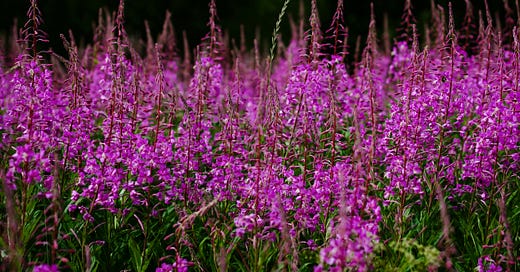




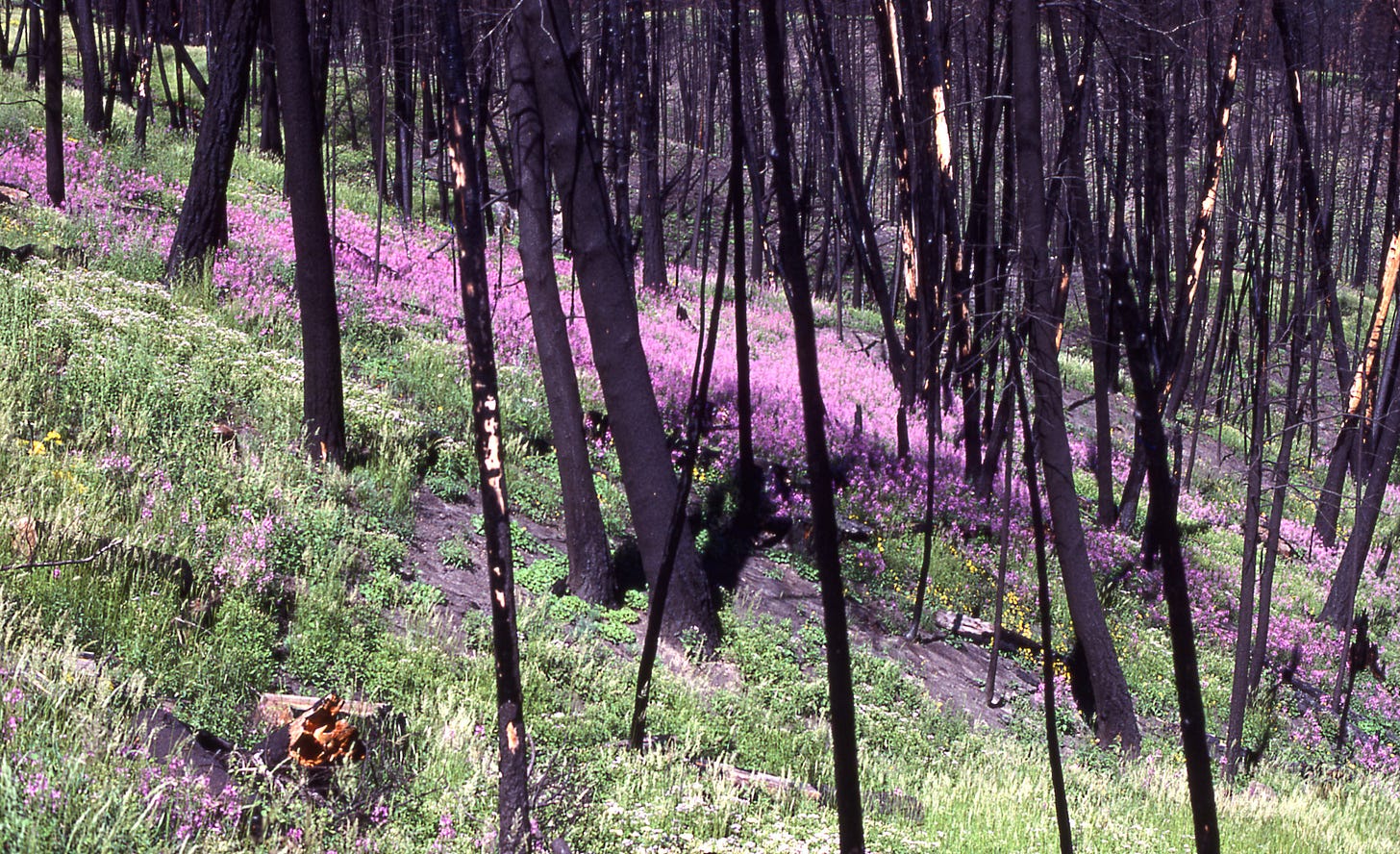


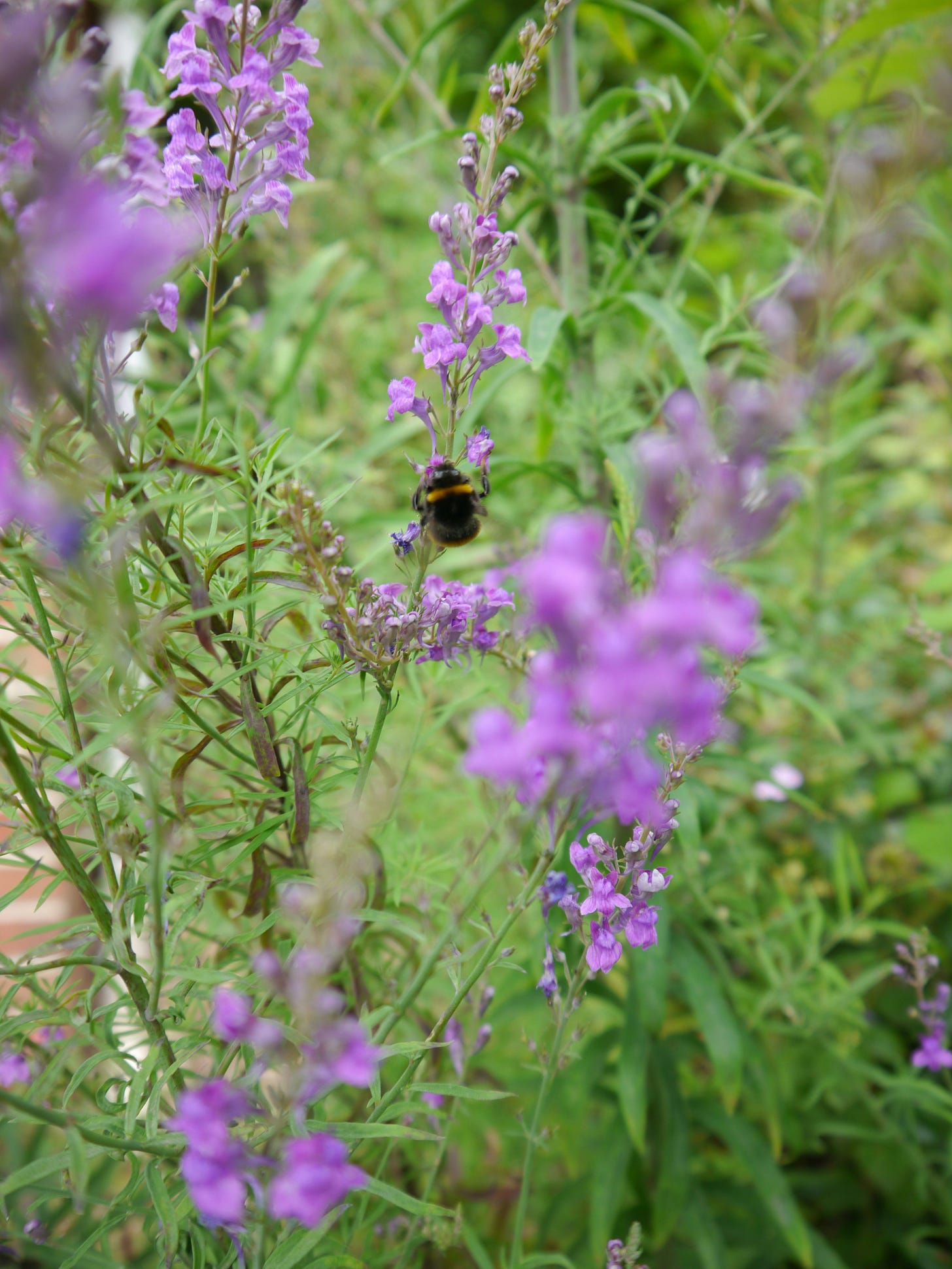
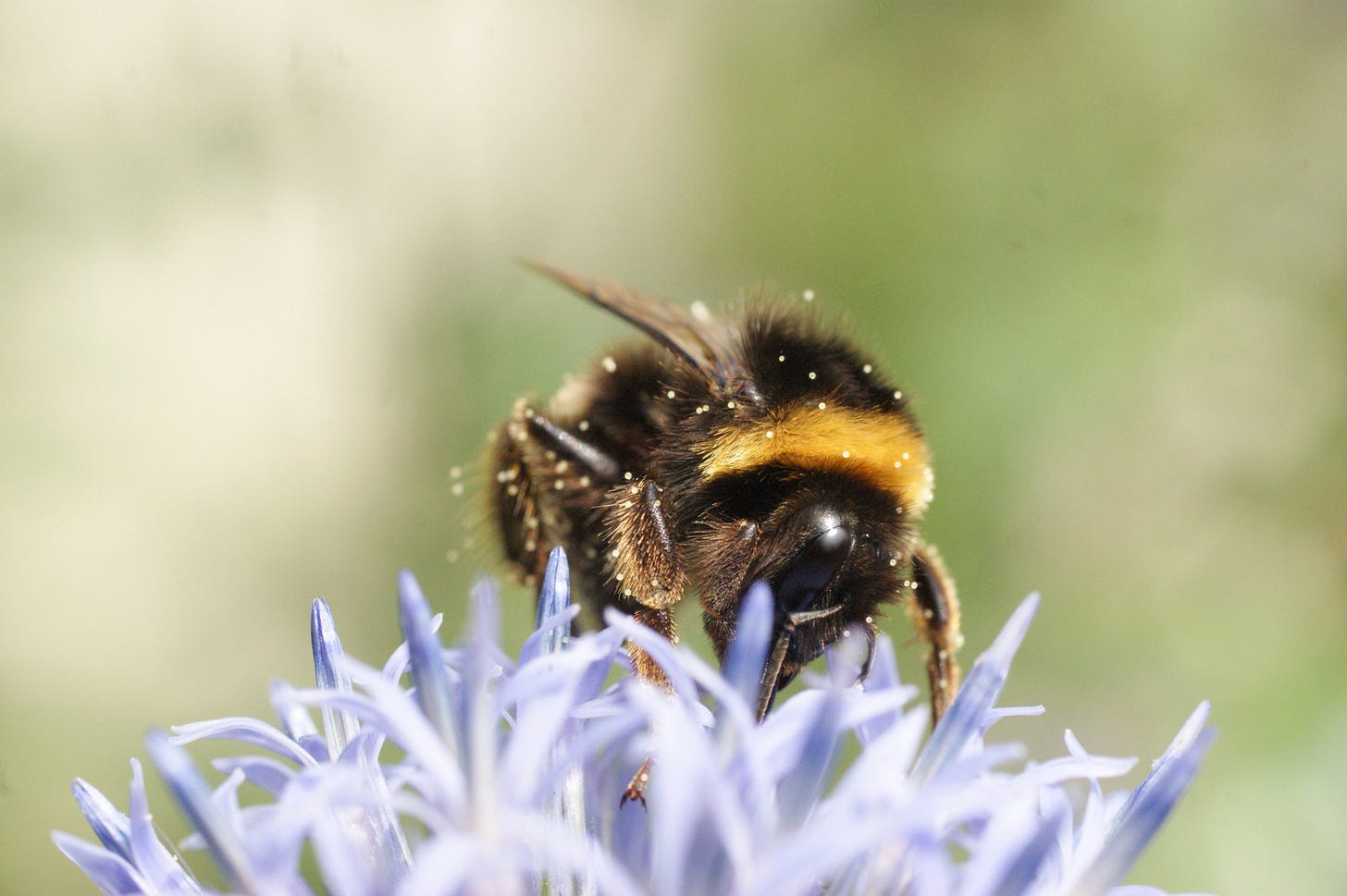
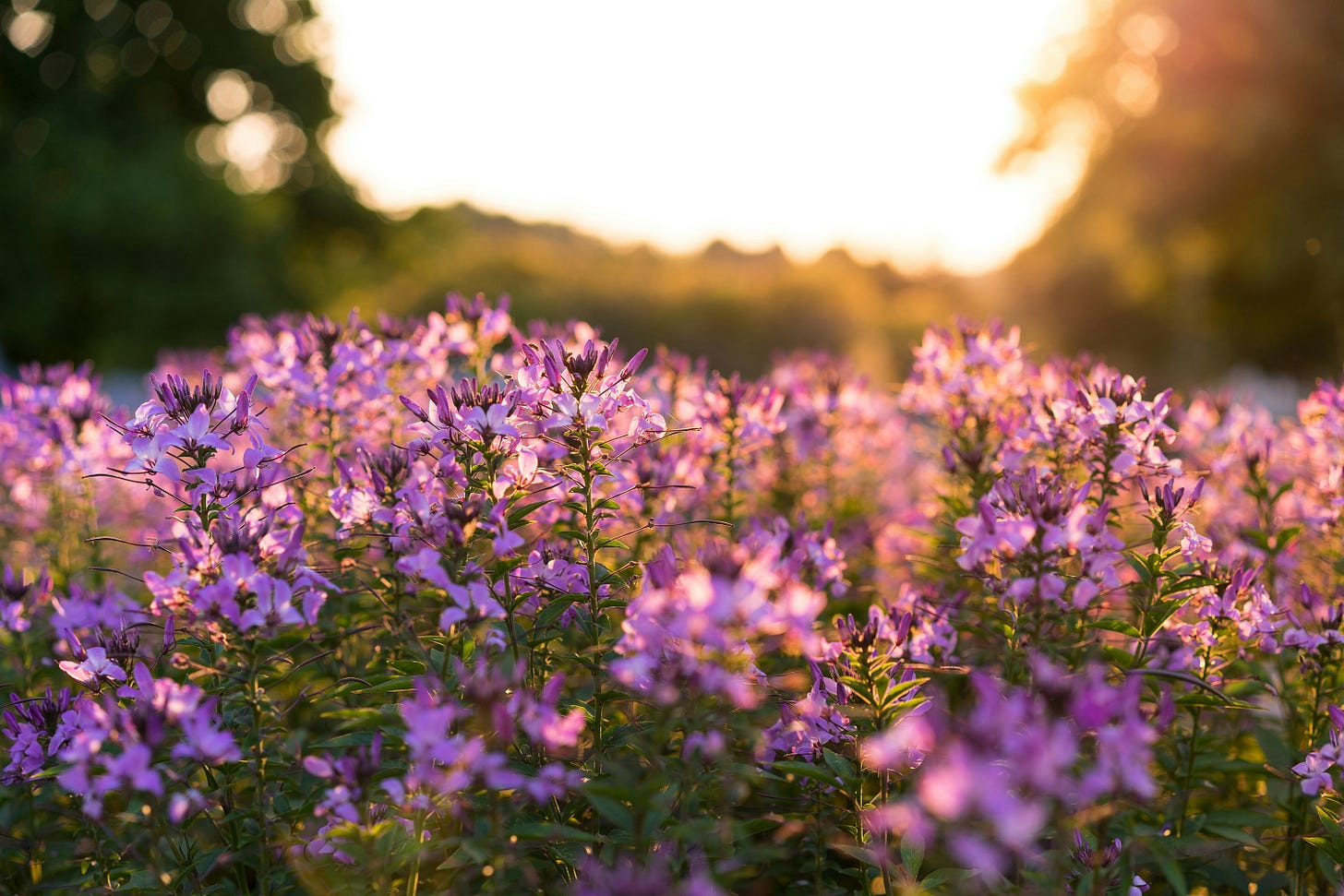
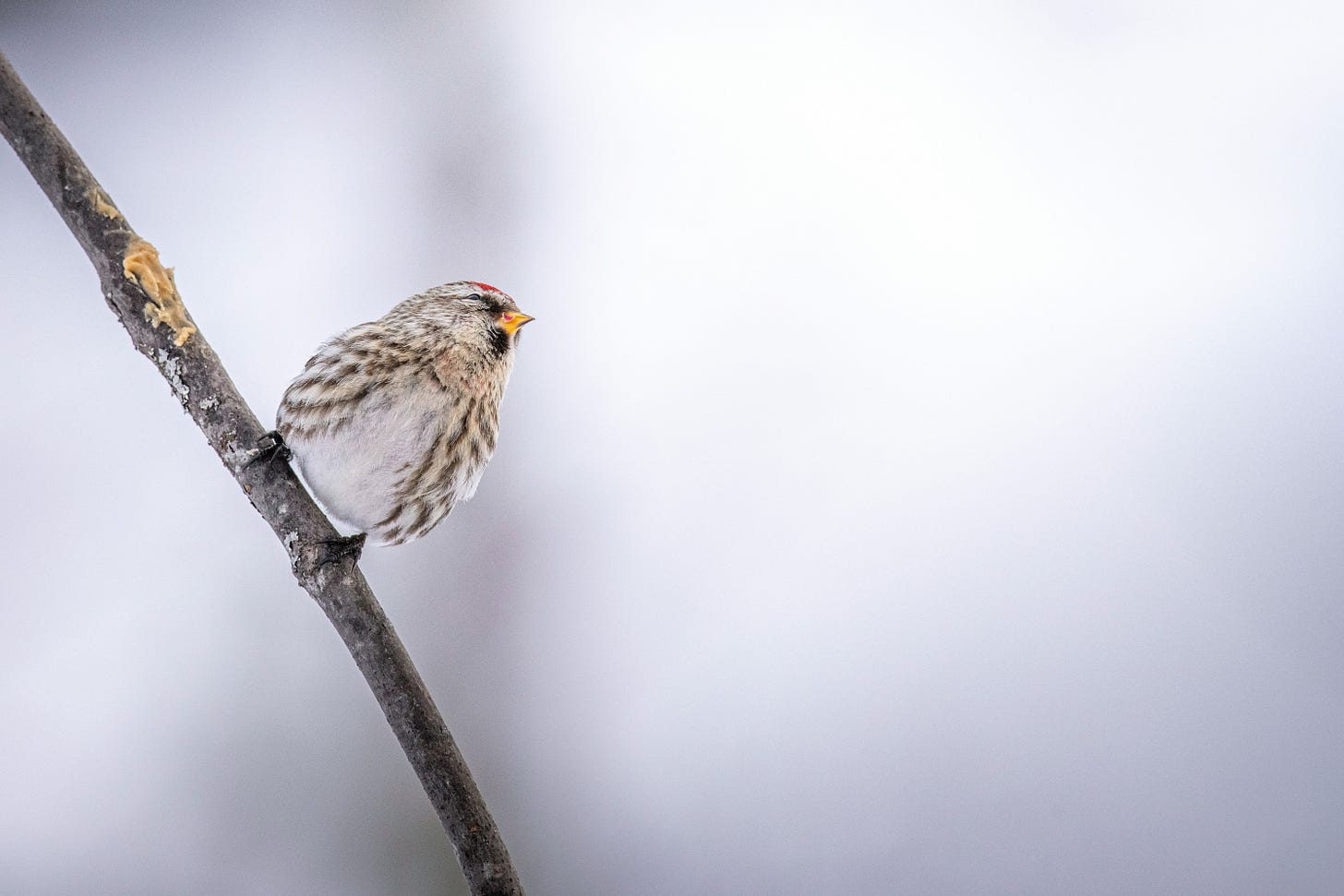
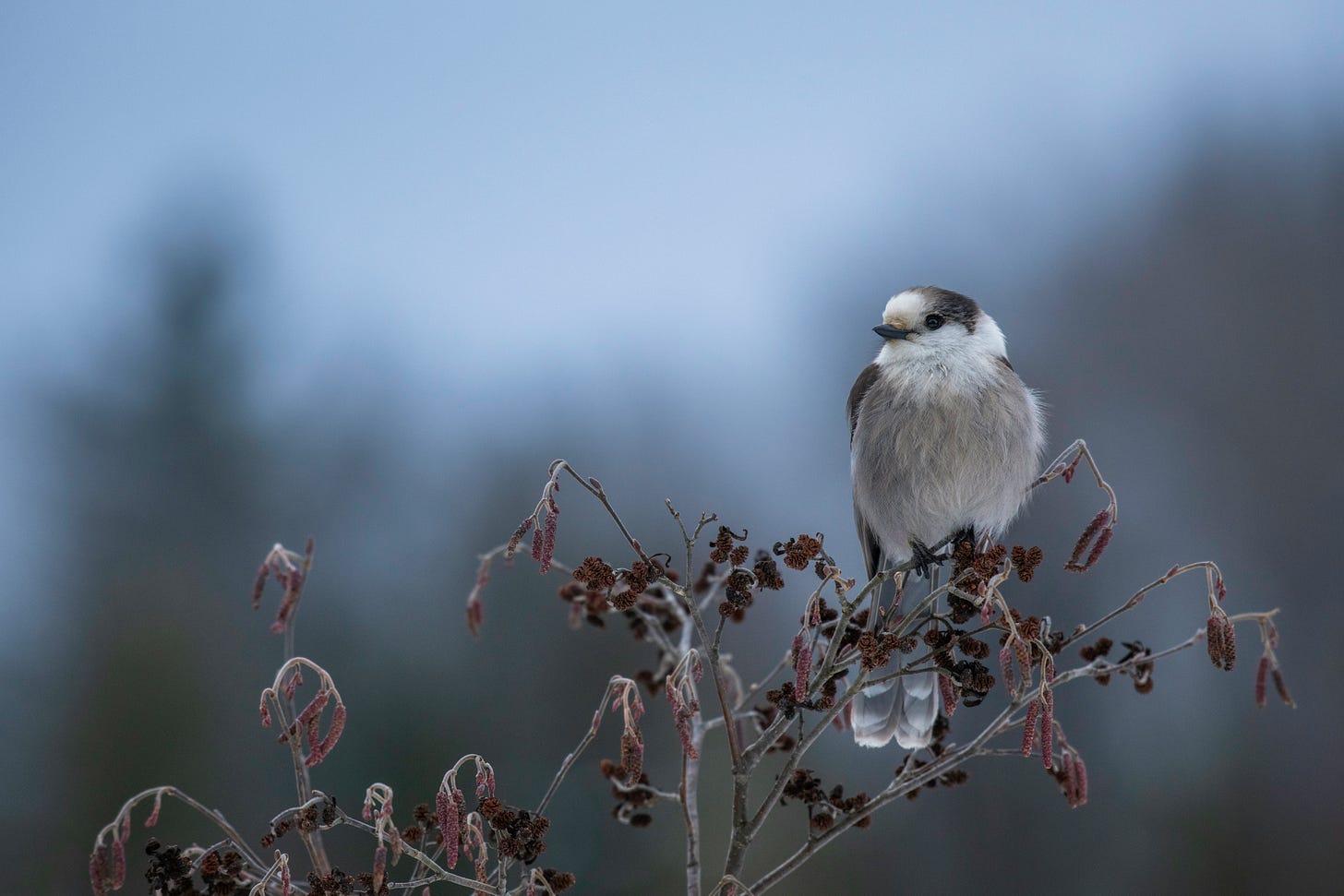

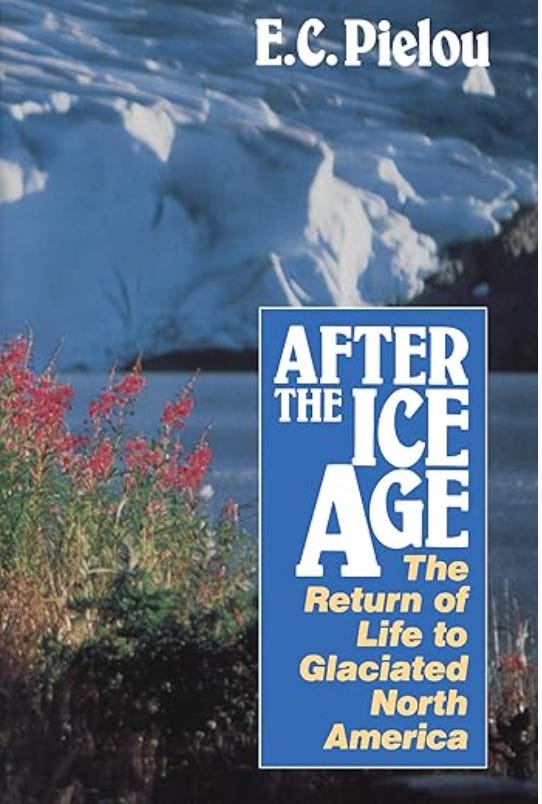
Another excellent edition, Dave! Kim and I have marveled at the beauty of Fireweed but have never given it the attention it so richly deserves. Wow! I'm in absolute awe at the complexity of this beautiful plant! BTW, I really love your Naturalist Notes at the end. Thank you so much for this wonderful newsletter!